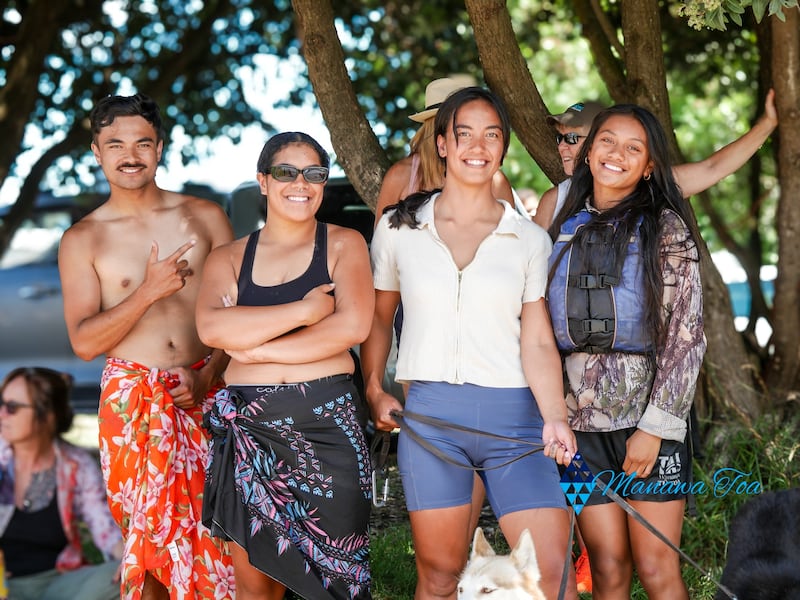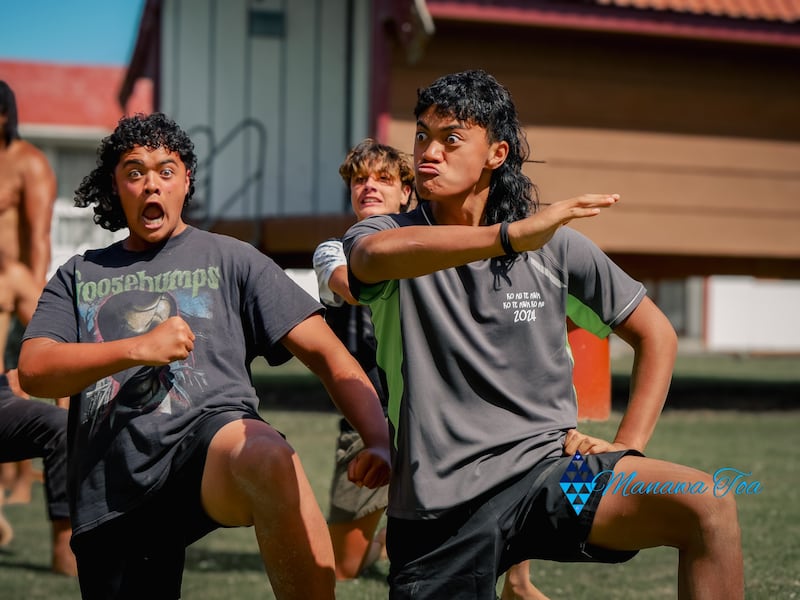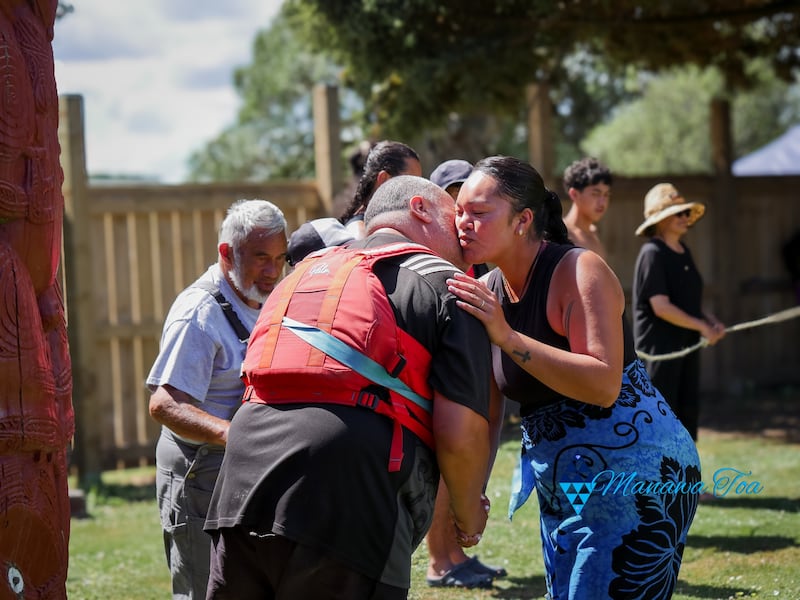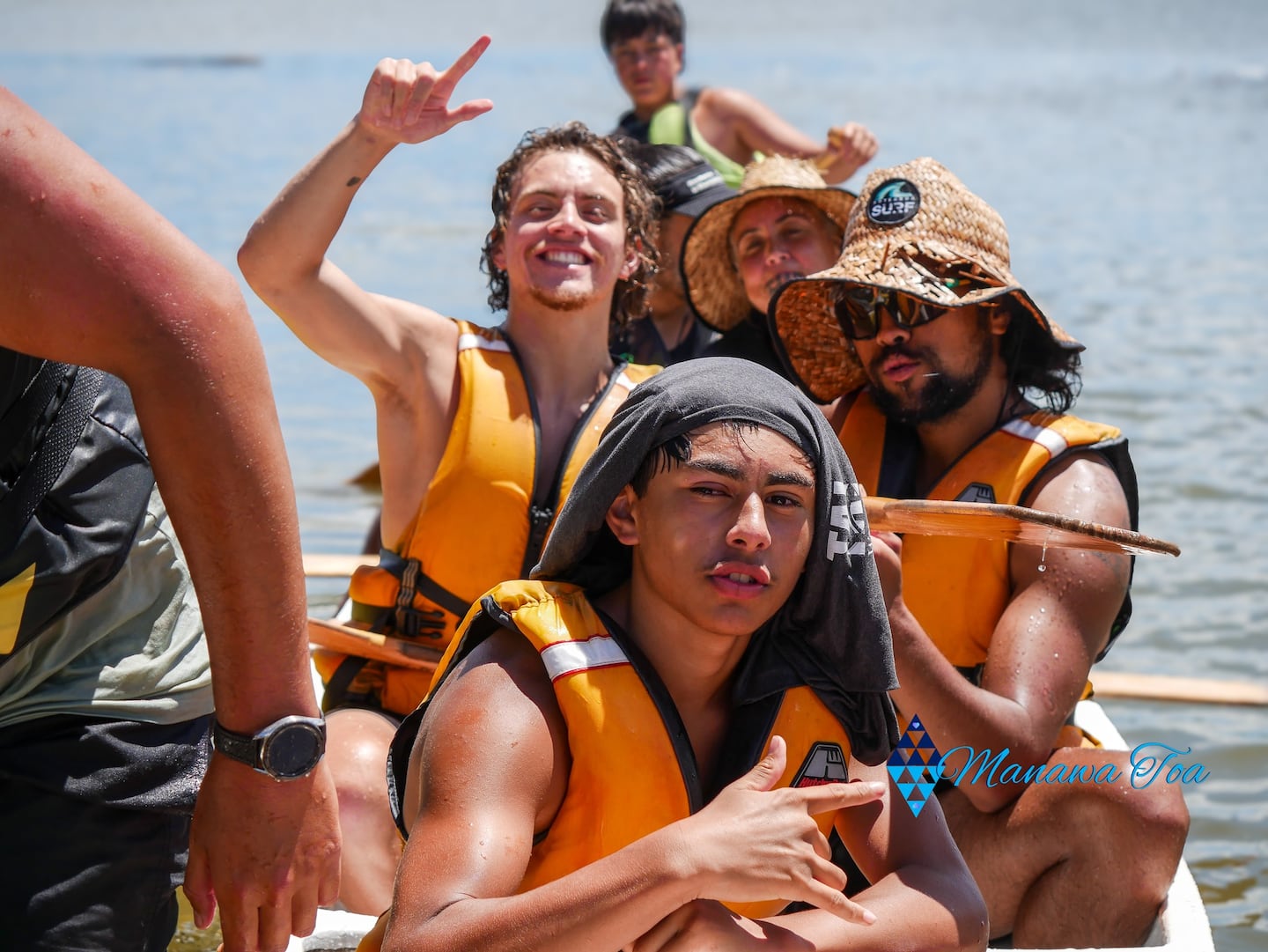More than 100 descendants of Te Awa Tupua have arrived at their final destination after taking part in the Tira Hoe Waka journey on the Whanganui River.
A rōpu of 127 people started the journey paddling down river from Ngāpuwaiwaha Marae, Taumarunui on January 5 and arrived at Pūtiki in Whanganui on Tuesday.
It marked the first time in 36 years that the rōpū (group) was able to activate a customary activities provision set out in the Te Awa Tupua (Whanganui River Claims Settlement) Act 2017 to reserve sections of the river for the sole use of the wānanga.

This meant sections of the river were reserved solely for the Tira Hoe Waka on the dates it travelled those parts of the river. The notice was given to tour and jet boat operators, the Department of Conservation and local government.
Tira Hoe Waka executive committee chair Hayden Potaka said it was really good to be able to have the awa to themselves.
“There were no jet boats going up and down annoying us and those sorts of things. We could really wānanga on the river. We don’t really get that opportunity to do that… and have some of our traditional kōrero, our customary actions spoken to but also spoken about and transmitted to our rangatahi.”
The awa glow
Potaka said that this year rangatahi were “particularly well-behaved”.
“They were engaging in the wānanga and you can see that they’ve got the awa glow and those are the things you want to continue into the future for our Tira Hoe Waka,” Potaka. said
“It shows me that they’re hungry to know and they’re hungry to learn about themselves… They’re here to learn, they’re here to soak it all up so that they can transmit it.”

He muka nō te taura whiri a Hine Ngākau -
a thread from the woven rope of Hine Ngākau
Tāwhiao McMaster said it was great to see descendants of Te Awa Tupua come home to take part.
“A lot of them don’t live and aren’t based near the river so what’s been beautiful is that a lot of them are coming back home, he said.
“We always say He muka au no te taura whiri a Hine Ngākau. So we’re a thread of rope of Hine Ngākau. What’s important is that the binding of that rope is nice and tight so the more you come home, no matter how far you are, coming to something important like this, you’re tightening it up more and more.”
McMaster agreed it was better this year to have areas of the awa to themselves.
“It was really undisturbed. We didn’t have any tourists. We didn’t have any operators so the focus was really on us and the awa and what was beautiful was that, for safety reasons too, we were able to know who was in the river when and where.”

Potaka said today the rōpu would host its poroporoaki at Putiki Marae. The committee will also regather later to analyse how the journey went, how to make any improvements “and make the next one better.”



